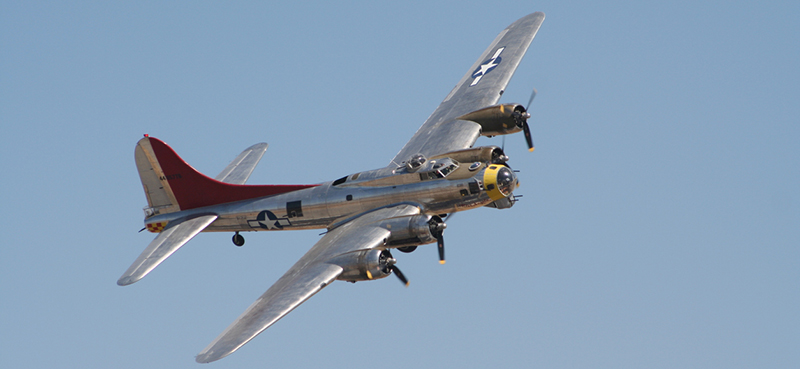Decades ago, [wilmracer]’s grandfather was piloting a B-17 over the Rhine, and as it goes, aviation runs in families. Now, more than 70 years later [wilmracer] is deep, deep into remote controlled aircraft, and he’s building an exacting scale model of the B-17G his grandfather flew on his last bombing mission over Europe.
This is a scratch build, with the design taken directly from the plans and schematics of a B-17. [wilmracer] has already paid the money to go up in the preserved B-17 Aluminum Overcast to get a better idea of the layout, and now he’s deep into cutting foam and bending balsa sheets. The first part of the build was arguably the hardest, and the main landing gear was expertly constructed out of aluminum tube and linear servos. The horizontal stab follows traditional building techniques of foam and carefully sanded balsa sheets. The fuselage is impressive, with the formers built out of foam, and eventually covered in 1/16″ balsa and wrapped in fiberglass.
If you’re going to do a large-scale model airplane, that also means you’ve got to do detailing. That means steam gauges rendered in 3D printed parts. [wilmracer] is modeling the cockpit and the machine guns in 1:9 scale. This is going to be an awesome build, and yes, there will eventually be plans.
Of course, this isn’t the biggest small B-17 ever built. That record goes to the 1:3 scale Bally Bomber, a real, not remote controlled plane built over the course of two decades by [ Jack Bally]. This is a real plane with a 34 foot wingspan that weighs 1800 pounds. Yes, it flies, and it went to Oshkosh last summer. Remote control really is the way to go with something like this, though: you can appease the rivet counters, put more power on the props, and you don’t need to worry too much about pesky things like regulations and laws. We’re looking forward to see where this project goes, and to the sound of a great PLA overcast thundering over the treetops.
















The sound of those WWII 4 engine bombers is something else. Too bad it doesn’t scale.
My Dad was a teenager during WW2 and those big planes often flew over his hometown on their way to Germany. That engine noise still made him nervous and panicky some 50 years after the war.
Hey! You’re absolutely right about how the sound doesn’t scale. Best option would be 4 real radials, but that is a TON of $$$ and less reliable than electric. For this model I actually have a 4 transducer setup with recordings of the Wright Cyclone WITH prop noise, and I have an audiophile friend who has worked up an ideal soundbox design that makes the most of them. She won’t rattle your teeth, but she will sound as much like the real thing as I can afford!
“That means steam gauges rendered in 3D printed parts.”
Steam gauges?
Aviation slang for analog gauges. As opposed to a “glass cockpit” filled with digital screens.
Ah…
Is it really too much to ask for a single picture of the model under construction in this post? I didn’t realize how big it was until I started watching the later videos, the scale isn’t even mentioned here.
Ah, for an ME-109 or an FW-190 to buzz them while they were flying, just to add a touch more realism to the experience. (c:
May be because the compartment’s been sealed up (and pressurized?), but I’ve always thought it’s quite a bit louder with 4 massive radial engines so close by.
Anyhow, I agree, this is going to be an awesome build.
I was shocked it wasn’t louder too, and the B-17 wasn’t pressurized. Don’t get me wrong… an 8 hour mission would have been deafening, but I’ve been up in a B-29 as well and remember it being much louder.
Thanks for joining in on the build! I’m having a TON of fun with it.
The “Bally Bomber” in the description is up for sale, for $250k: http://courtesyaircraft.com/aircraft/n413me-ballys-bomber-b-17g/
Same outfit is selling a “Nearly 100% Complete!” TF-104G that I’ve been crying over for weeks now, $325k. http://courtesyaircraft.com/aircraft/lockheed-tf-104g-starfighter-project/ The trouble I could get into if I was a little richer and a little dumber!
Thanks so much for sharing this! I’m the builder and I was wondering where all the extra attention was coming from! Glad you’re enjoying the project!